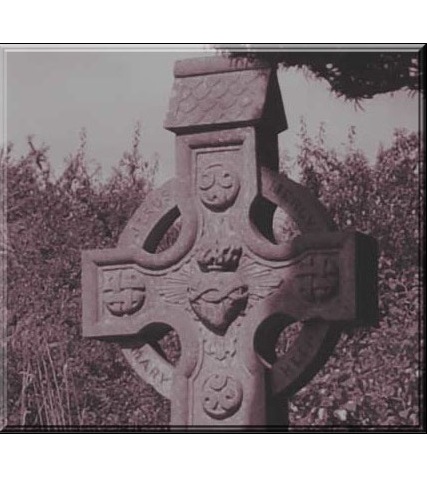The Lady on the Rock
Apologies for the long gap since my last post.From Victorian mantelpiece dogs to musical gondolas, the livingrooms of Dublin are host to many and varied items of dubious taste. Mostly residing in glass and mahogany cases, they are hidden from public view and are rarely visible to anyone who is not a visitor to the house in question. A type of secular Infant of Prague if you like.
There is a notable exception to this scenario. Introducing...
The Lady on the Rock.
A casual stroll through the Liberties of Dublin (and, I believe, further afield on the northside although I've never been there) reveals a pretty and well kept collection of pretty artisan dwellings complete with beautifully Brassoed door handles, window boxes and many, many examples of the subject of this post.
 |
| The Lady on the Rock - and friends |
Visually she bears a passing resemblance to a long lost German Art Deco piece that wouldn't have looked out of place as a public sculpture in the proposed "New Berlin" of Hitler's dreams. However her origins are much more recent.
Our plaster heroine started life in the 1990s - one of the creations of artist Harold Gardiner, ably assisted by Edward Loughman who made the mould. After Gardiner's death, the mould that "gave birth" to her was acquired by Dublin Mouldings of Parnell Street, a company more renowned for painstakingly recreating Georgian Ceiling decoration for historic buildings.
 |
| Some examples of the Lady In Situ in Clanbrassil Street. Courtesy Google Street View |
Nevertheless, our plaster icon is revered by large swathes of the inner city population, leading to some urban myths which persist among outsiders. Some legends describe her visibility in a window as signifying the presence of a resident drug dealer, or of a "madam" whose services, or those of her ladies, are available within. Still more insist that she represents the fact that the occupants of the house have a relative in prison. (Researchers have apparently knocked on doors to seek answers. They were not forthcoming)
The urban legends are all nonsense of course.
She is simply a piece of folk art that has been adopted en masse by real Dubliners as an identifier of their status as the last bastions of a real community in a city slowly being consumed by international tech and other business interests.
Long may she reign.



